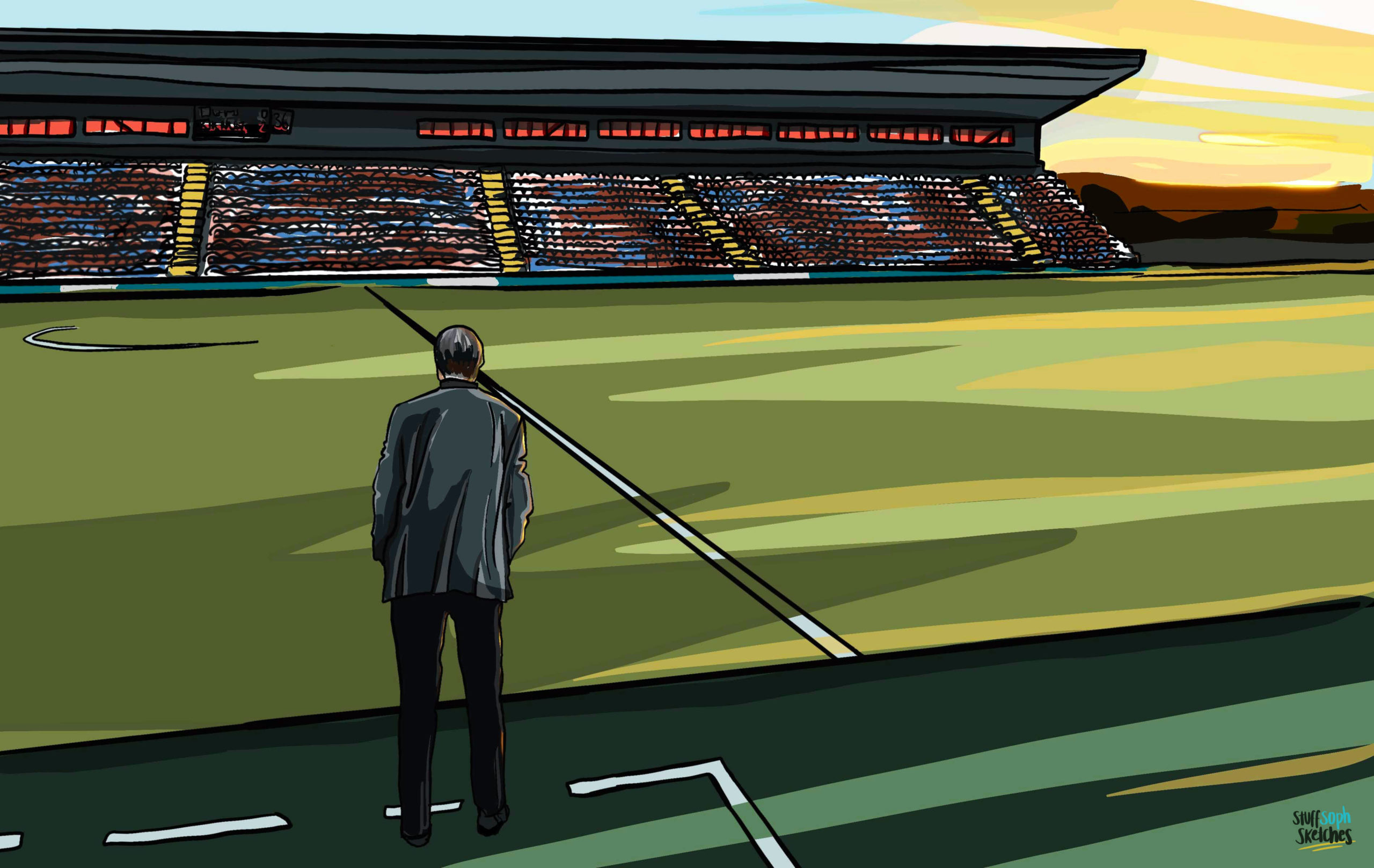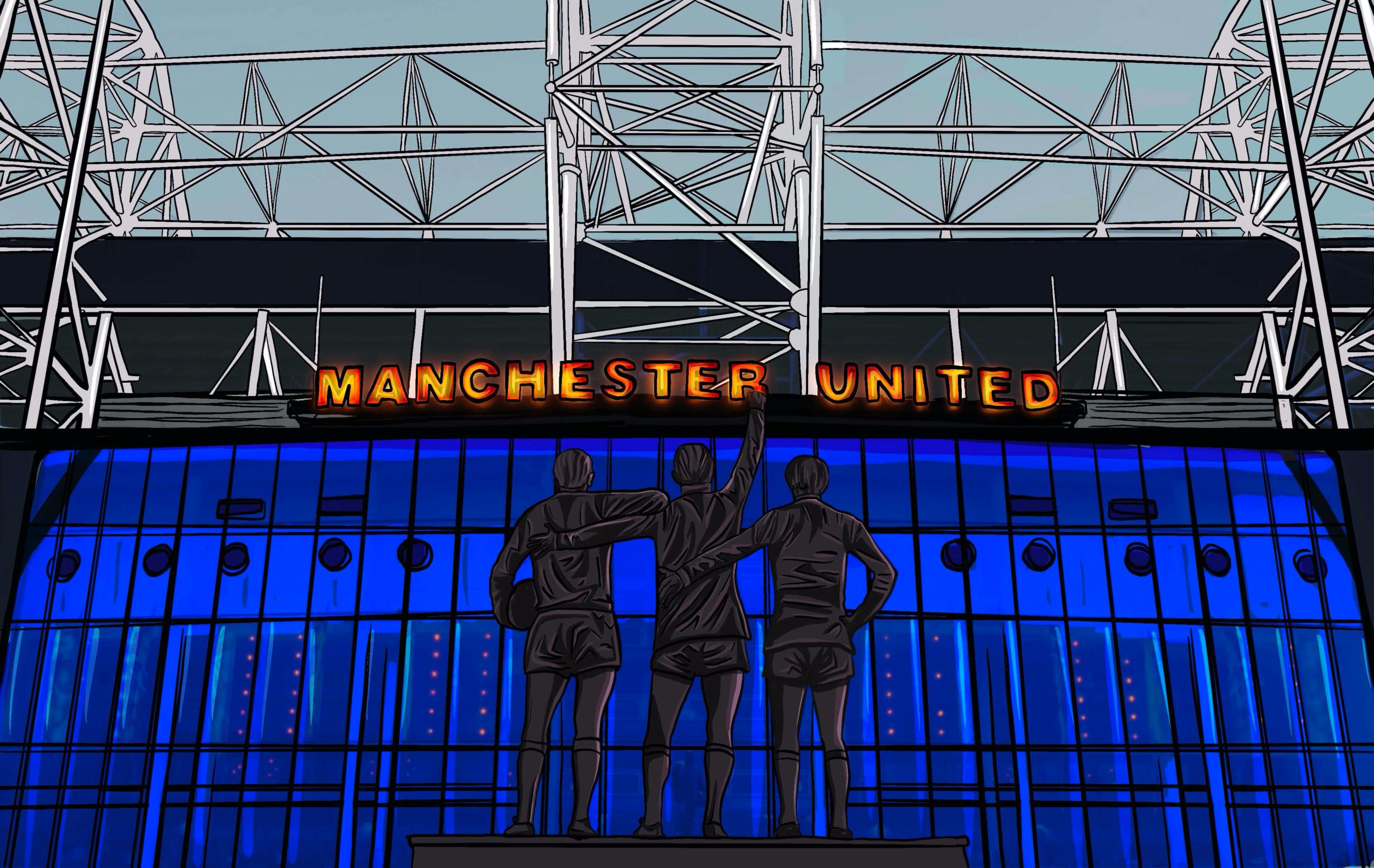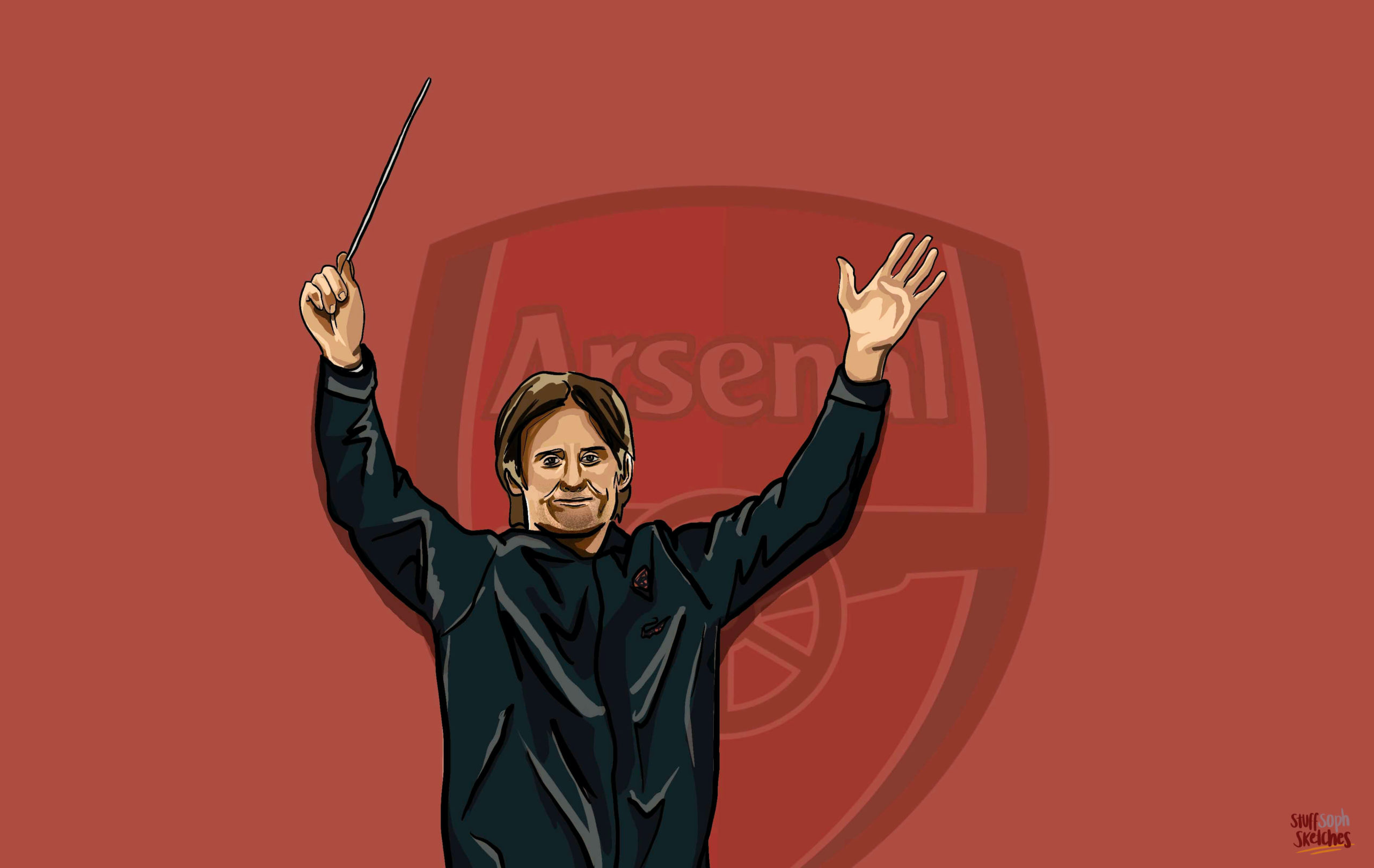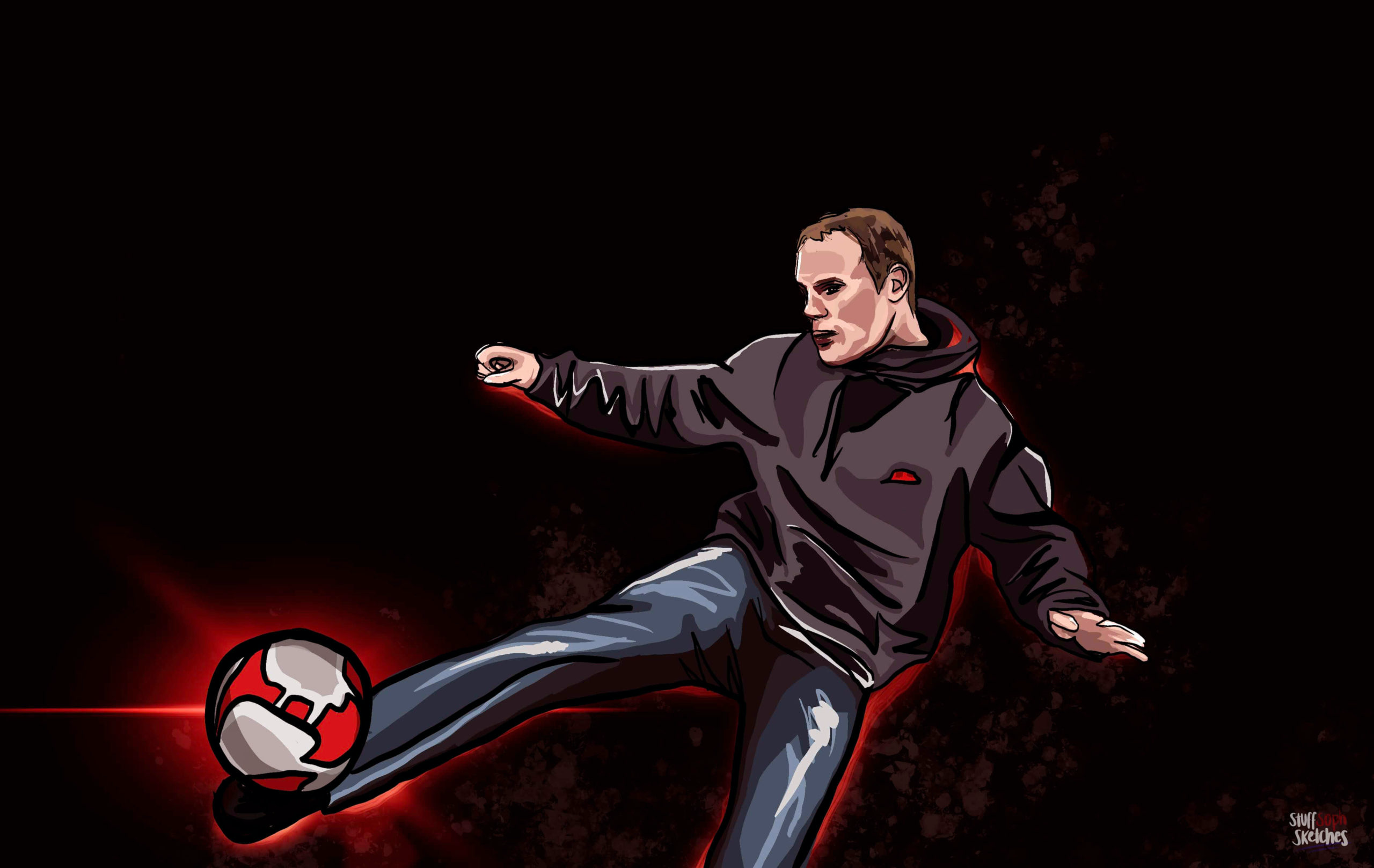Everyone interested in English football knows him from his stint as the England manager, if not, then how about Bristol City, Blackburn, Fulham, Liverpool, West Brom and now his boyhood club, Crystal Palace? That said, the career of Roy Hodgson goes much further and much deeper than these forays into English football. Whilst trophies haven’t been a frequent part of his life, the last one coming in 2001 with FC Copenhagen, Roy has to be regarded as a thoroughly impressive manager; one capable of pulling off great escapes and feats such as somehow dragging Fulham to a Europa League final. After managing 756 professional games of football, one quote can be used to separate him from all other managerial maestros – ‘I’m more than happy with the 1-0, I don’t need the 3-0’.
Symbolic of his love for a fundamentalist approach to football, this remark sums up everything so beautifully simple about Roy Hodgson’s methods and how it has lasted in a career spanning eight countries and forty-four long years. All of this while having a never-ending appetite for literature, frequently reading books in a number of the seven languages he can speak. Remarkable.
Many critics view his 4-4-2 mentality as outdated and unfit to deal with the likes of the modern gegenpressing made famous by Jurgen Klopp’s teams, or the possession-heavy systems utilised by Pep Guardiola and his disciples. But it is this simplicity and back-to-basics nature that really allows Hodgson’s teams to work as a collective unit, with each player knowing their role and executing it perfectly. For Roy ‘defending is very much a team job; we can’t just rely on a back four and a goalkeeper’.
Who else could possibly have coached two left-backs as fundamentally different as Paul Konchesky and the celestial being that is Roberto Carlos?
There is no room for free-styling or laziness when Roy is in charge. He has even managed to turn mercurial stars like Wilfred Zaha and Zoltan Gera into hard-working team players whilst maintaining their lethal individuality. All teams need players like this who can change a game with a moment of magic; after all, they are often the reason fans come to see their teams. Of course, Roy knows all this and moulds these mavericks to suit his game-plan. Naturally, this approach doesn’t work with every team – just look at his time at Liverpool when his players rebelled against the simplicity and relentless drilling. Arguably though, Liverpool is one blot on an otherwise impressive copybook.
Not many other managers have proven to be able to coach such a diverse number of players, nationalities and teams in a single career. Perhaps the greatest skill on display here is Roy’s ability to adapt and overcome, bedding-in and trusting his process. If you look at the different players that have represented Hodgson, there is a real disparity in terms of both quality and reputation. Similarly, having few stable players to call upon during his career meant the turnover of players was immense. His highest capped player is the man-mountain Brede Hangeland with only 156 appearances across six seasons at Fulham. Yet, this did not phase Old Roy. After Hangeland, Hodgson’s second most capped player is Paul Konchesky. Now, who else could possibly have coached two left-backs as fundamentally different as Paul Konchesky and the celestial being that is Roberto Carlos? Even if they did both have a knack for a long-range thunderbolt.
Having managed for so long, Roy Hodgson also has an incredibly large “coaching tree” of managers who had once played under, coached with, or managed alongside him at club-level. Over twenty players who once played under the mighty Hodgson have gone on to manage at the highest level or remain involved in the game through front office roles. These players range from Steven Gerrard, Tim Sherwood, Damien Duff and Dirk Kuyt who have all managed, assisted, or worked with youth teams at one point or another. These players will have undoubtedly learnt from Roy and it is highly likely that some of his methods and messages will be passed down to other aspiring youngsters. With Roy aging each and every year, as people often do, it is his students who must keep his biggest gift – the appreciation of simplicity and the 4-4-2 formation – alive for future generations.
To put it simply (as Roy would urge us to), if Hodgson can continue to pull off upsets against the biggest teams with very little resources at the tender age of seventy-two, then there is hope for all of us.



